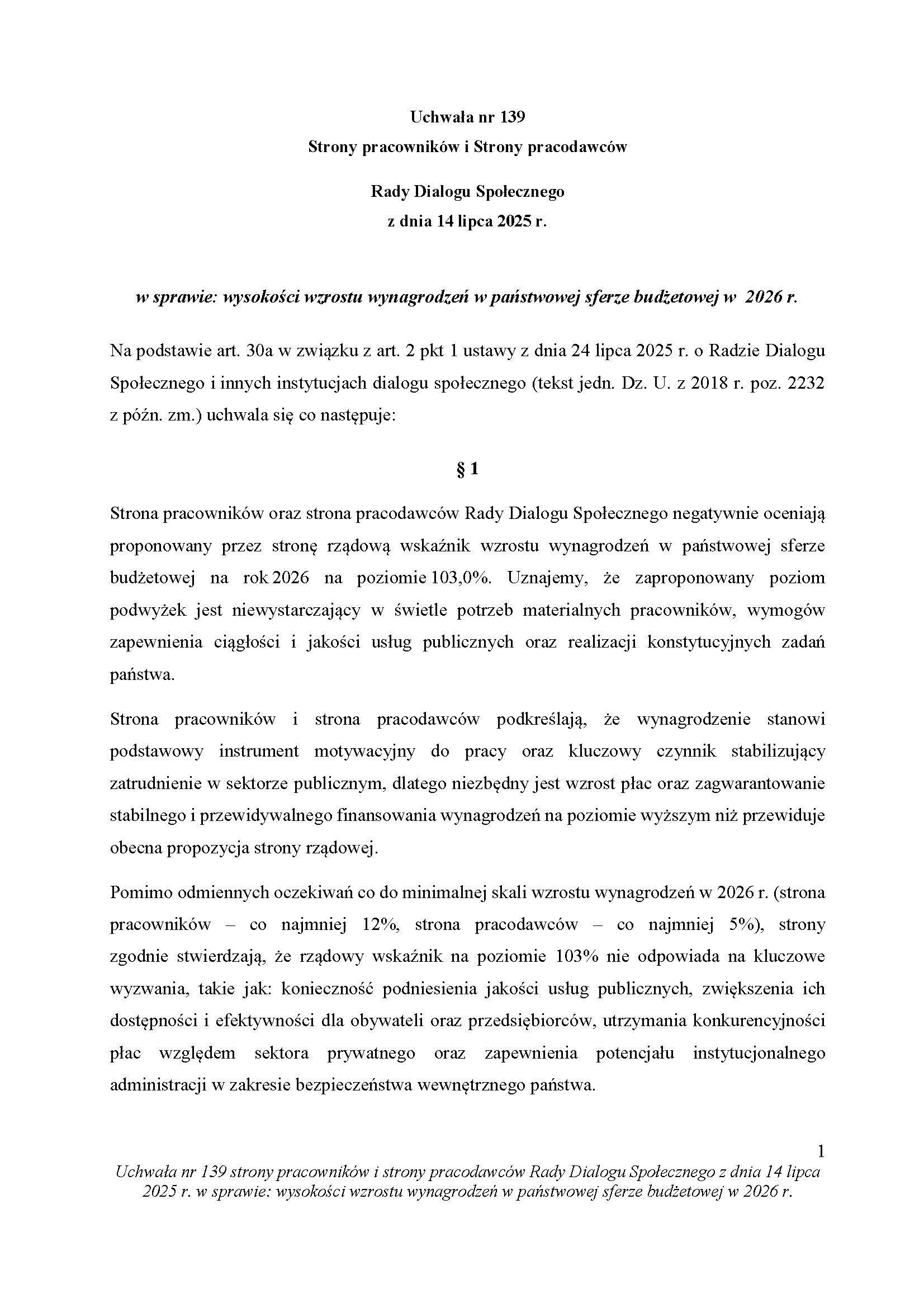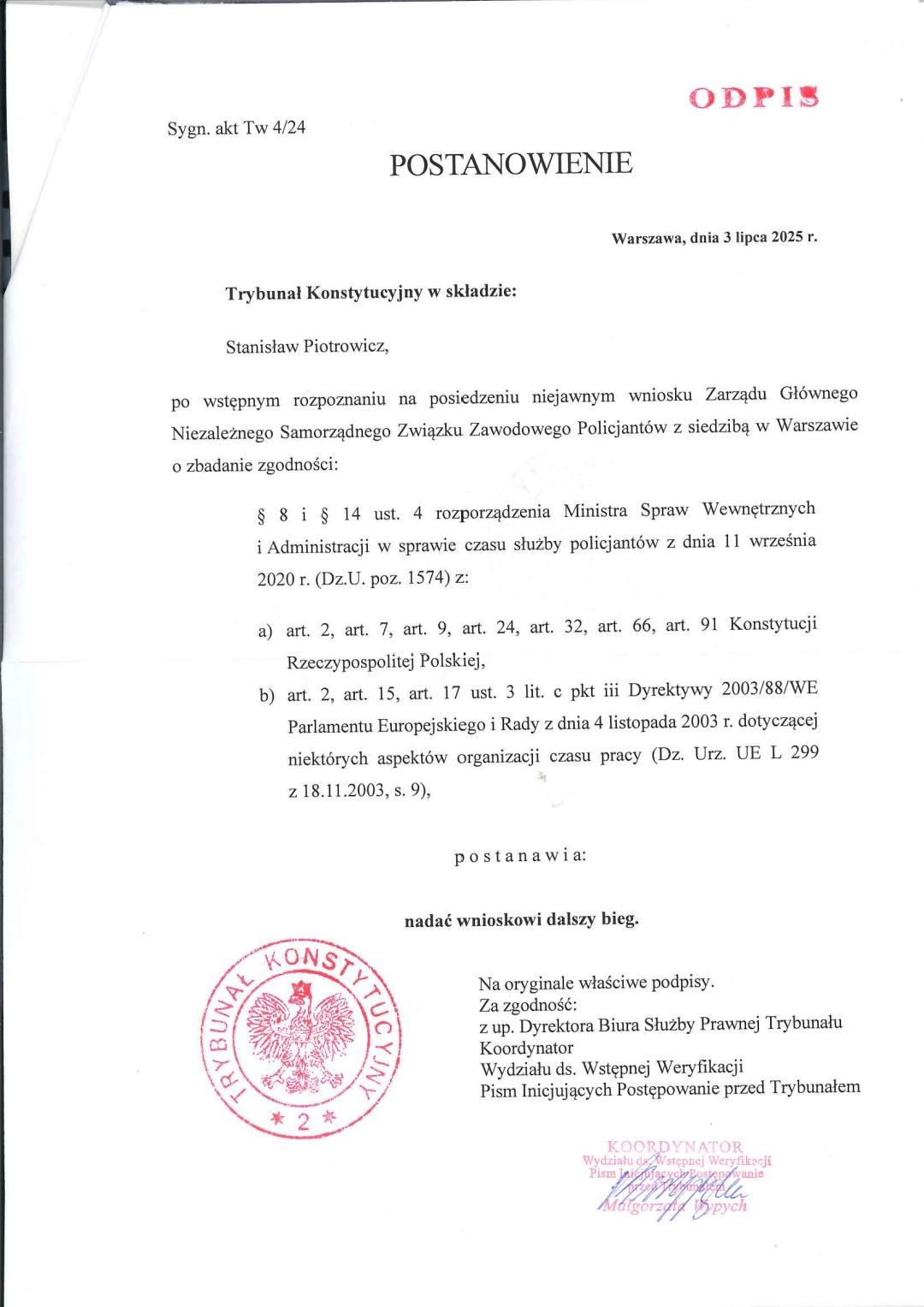
In a post-pandemic world where air travel has bounced back stronger than ever, the world’s busiest airports are not just characterized by volume, but by how well they handle it.
From seamless passenger experiences and innovative facilities to connectivity and sustainability, the best airports 2025 in the 70+ million passengers category highlight those that stand on top of their game while handling staggering traffic volumes.
This year’s list of the top 10 is a fascinating mix of Asia, Europe, the Middle East, and North America. These airports are not only national gateways but also symbols of national ambition and technological progress. Here, we look in-depth at what it is that makes each of these airports stand out as a top performer in 2025.
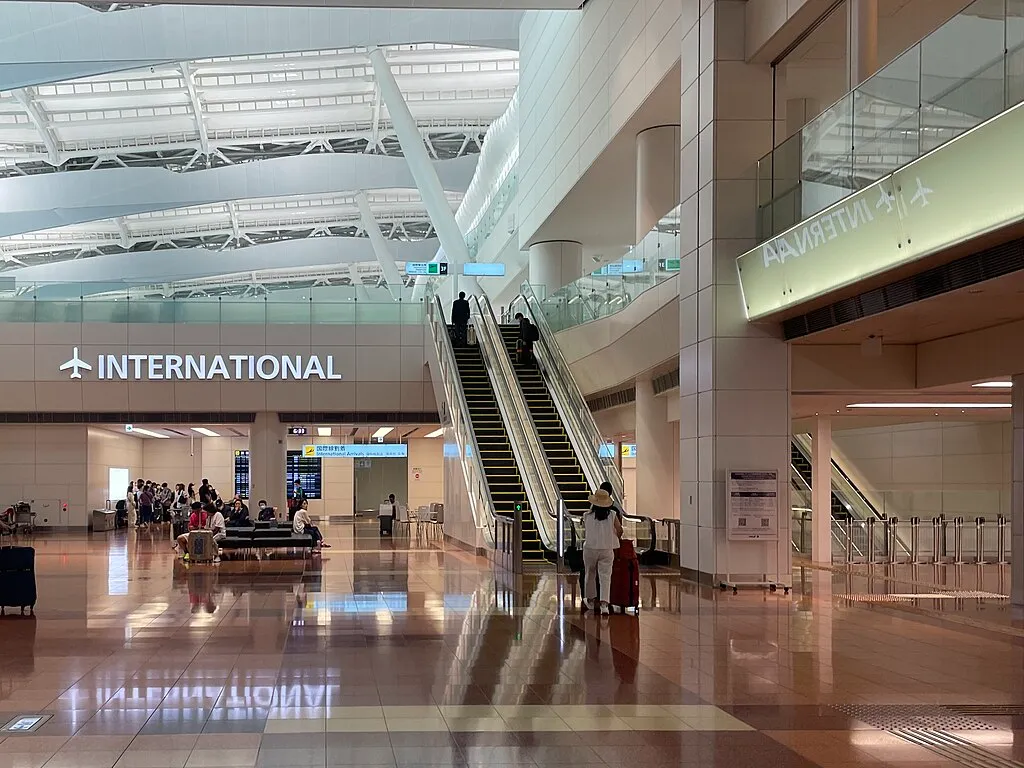 Tokyo Haneda Airport; Photo- Wikipedia
Tokyo Haneda Airport; Photo- Wikipedia1. Tokyo Haneda Airport (HND)
Often overshadowed by its more glamorous international peers, Tokyo Haneda Airport (HND) has risen to become the world’s leading major airport in 2025.
Japan’s premier international and domestic gateway, Haneda, now hosts over 85 million passengers annually. Despite these numbers, it remains famous for timeliness, cleanliness, and operational efficiency.
Haneda’s strong point is that it manages to mix convenience and speed. It’s short taxi times, fast immigration, and rational signage are consistently being praised by travelers. Haneda also offers a rapid downtown Tokyo transfer and is the most convenient major Asian airport.
What truly sets Haneda apart is its laser-like attention to customer satisfaction. In 2025, it introduced AI-powered wayfinding and implemented biometric gates across all terminals, continuing to enhance the travel experience.
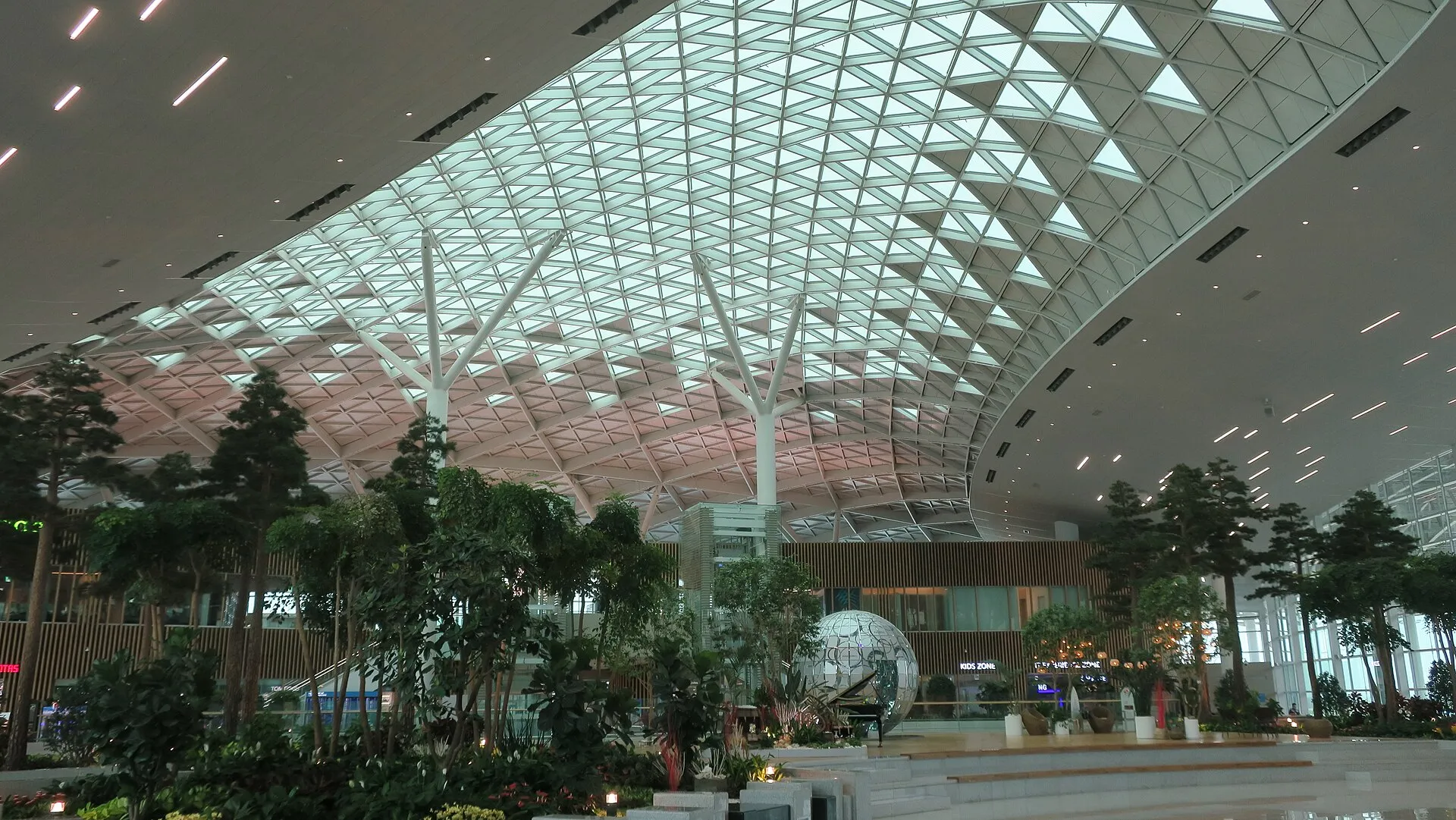 Seoul Incheon Airport; Photo- Wikipedia
Seoul Incheon Airport; Photo- Wikipedia2. Incheon International Airport (ICN)
South Korea’s Incheon International Airport (ICN) has been one of the world’s top airports consistently, and in 2025, it still maintains its position at the top. With annual traffic booming at over 71 million passengers, Incheon combines Korean hospitality with cutting-edge technology.
Incheon’s latest Terminal 2 expansion, completed in early 2025, increased the airport’s capacity while introducing state-of-the-art automation, including autonomous baggage carts and smart security scanners.
Travellers commonly compliment its architectural elegance, indoor gardens, and culture zones, which offer a uniquely Korean flavour.
One of the world’s top airports in 2025, Incheon is known for its prowess in managing long-haul international transfers and its rapidly developing global network, both within Asia and North America.
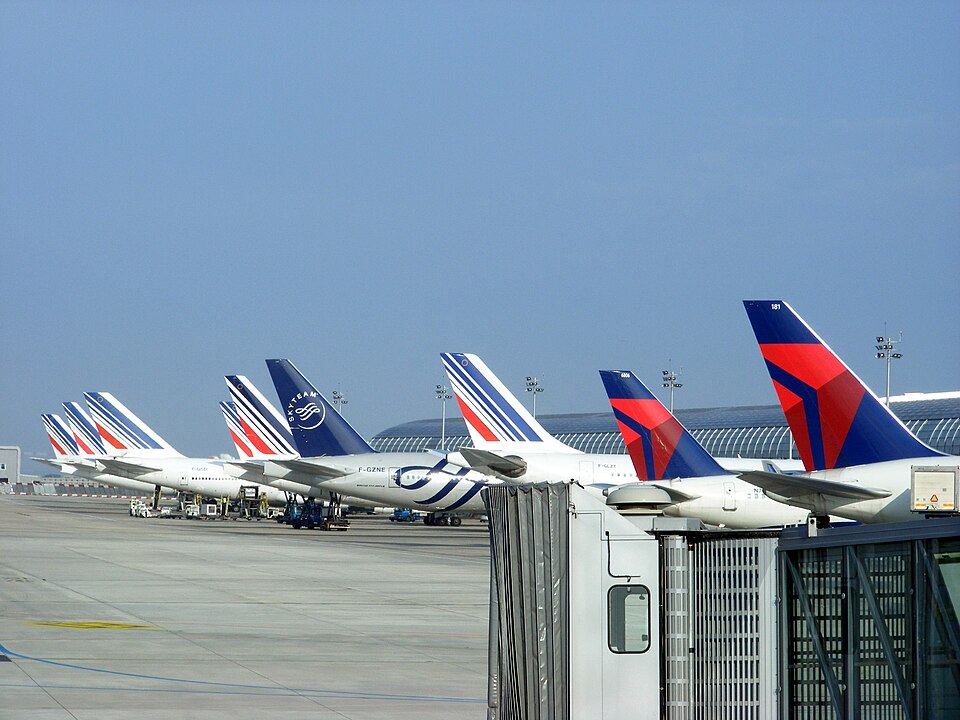 Photo: By Mathieu Marquer from Paris, FRANCE – DSCF7917, CC BY-SA 2.0, https://commons.wikimedia.org/w/index.php?curid=11175058
Photo: By Mathieu Marquer from Paris, FRANCE – DSCF7917, CC BY-SA 2.0, https://commons.wikimedia.org/w/index.php?curid=111750583. Paris Charles de Gaulle Airport (CDG)
Paris Charles de Gaulle Airport (CDG) has undergone a remarkable transformation in the last few years. With more than 70 million passengers now traveling through each year, CDG benefits from the recovery of Air France and a booming transatlantic and European network.
The upgraded Terminal 1 and Terminal 2E at the airport have significantly improved passenger flow and ambiance. In 2025, CDG introduced a single gate management system and automated boarding gates across all Schengen and non-Schengen zones.
Among the world’s top airports, CDG is commended not only for efficiency but for embracing sustainability as well. This year, a new solar-powered energy hub was opened with the goal of reducing carbon output by 20% before 2030.
As the global hub of Air France, CDG is a vital connecting point between Europe, the Americas, Africa, and Asia. The SkyTeam alliance is strongly represented, with partners such as KLM, Delta, and China Eastern operating extensive schedules.
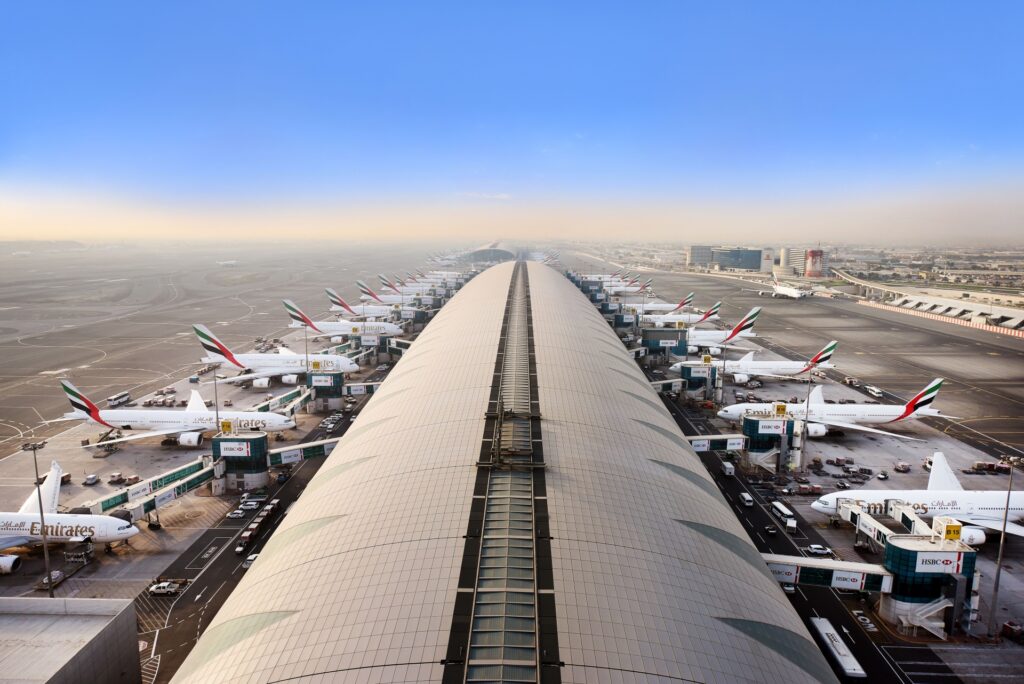 Photo: Dubai International Airport
Photo: Dubai International Airport4. Dubai International Airport (DXB)
The Middle East gem, Dubai International Airport (DXB), remains a colossus of international travel, welcoming over 90 million travelers in 2025. As Emirates’ home base, it provides unbeatable worldwide connectivity, particularly between Europe, Asia, and Africa.
DXB’s Terminal 3, the world’s largest airport terminal, continues to awe with high-end lounges, smart immigration gates, and super-efficient baggage systems. In 2025, the airport also launched an immersive entertainment zone with VR travel pods and Arabic cultural exhibits.
Moreover, Dubai International is the exemplar of how a mega-hub can reconcile scale, speed, and style, offering travelers an aspirational experience rather than a utilitarian stopover.
There is no bigger name at DXB than Emirates, which uses the airport as its global hub, operating hundreds of widebody flights a day to six continents. Emirates dominates long-haul flying, with flydubai taking care of short- and medium-haul flying from Terminal 2.
 Photo- iGA Istanbul Airport
Photo- iGA Istanbul Airport5. Istanbul Airport (IST)
Istanbul Airport (IST) is quite possibly the world’s most ambitious aviation project, and its 2025 performance indicates it’s delivering on the promise. Now welcoming over 80 million passengers a year, IST is a vital intercontinental connection between East and West.
Built from scratch with expansion in mind, the airport is spacious and efficiently laid out. Turkish Airlines has made the most of IST’s layout, and it operates hundreds of seamless connections from one integrated terminal.
New biometric clearance points and expanded duty-free sections debuted in early 2025, which further improved the passenger experience.
What gets IST on the best airports 2025 list is its mix of function and national pride. The airport cements Turkey’s position as a rising power in global aviation.
Turkish Airlines is Istanbul Airport’s undisputed giant, operating one of the world’s biggest international networks. It serves over 120 countries, with considerable traffic to Europe, Central Asia, and Africa.
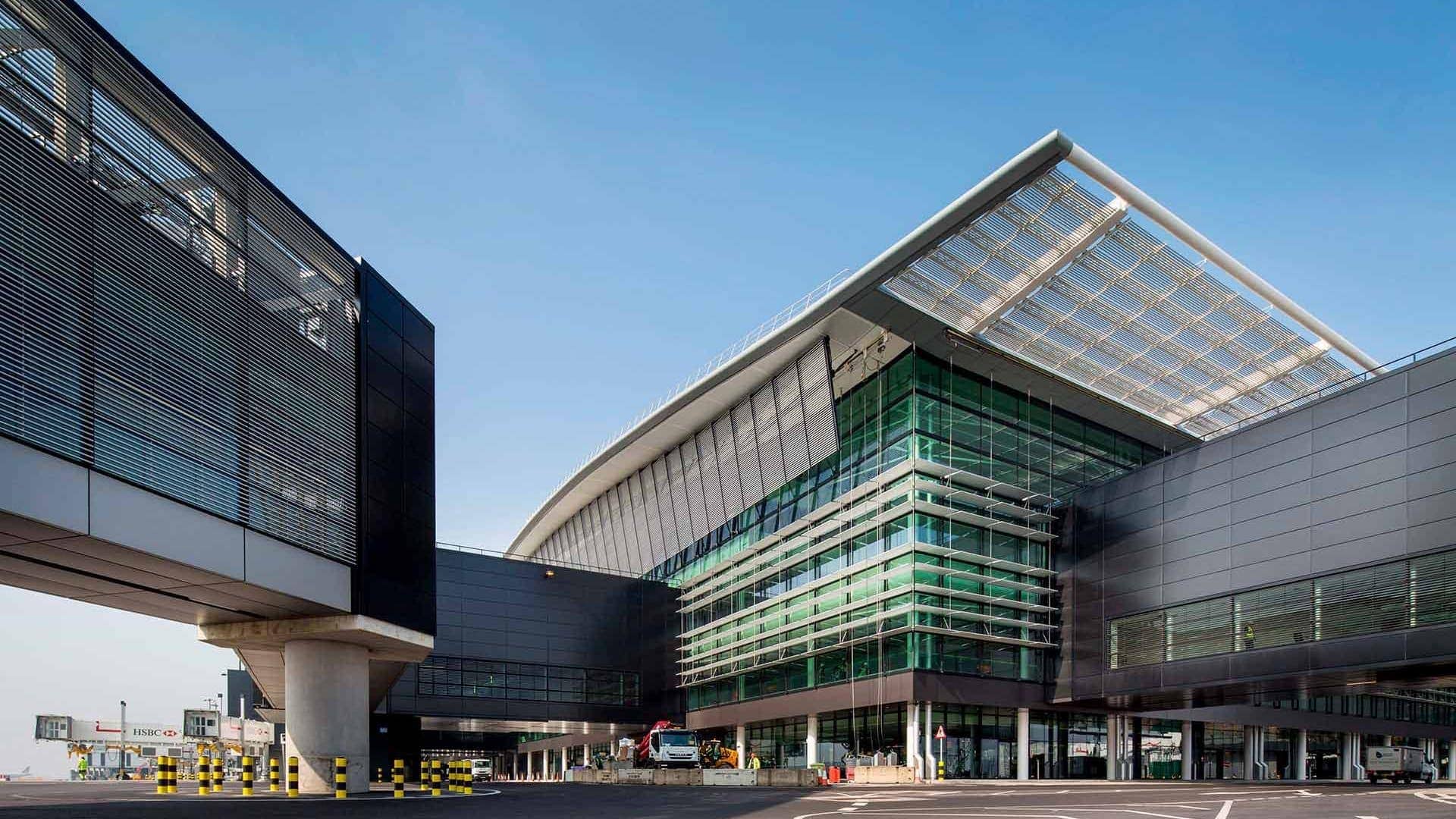 Photo: Heathrow Airport
Photo: Heathrow Airport6. London Heathrow Airport (LHR)
London Heathrow (LHR) remains Europe’s busiest and most influential aviation hub, serving over 83 million passengers in 2025. Despite the impact of Brexit and growing regional competition, Heathrow has modernized extensively to stay ahead.
Its Terminal 2 expansion and Terminal 3 refurbishment of recent times have both improved layout efficiency and helped decrease delays. LHR’s new sustainability wing, with its focus on electric ground vehicles and recycling trash, also points the way to green aviation.
Its ranking among the best airports is well-earned. Heathrow remains critical to both transatlantic and Asian networks, and its performance metrics, particularly on-time arrivals, have noticeably improved this year.
Heathrow’s flag carrier tenant is British Airways, which operates its Terminal 5 base for European and transatlantic flights. The airport is also one of the alliance battlegrounds, with Virgin Atlantic (SkyTeam), American Airlines (oneworld), and Lufthansa (Star Alliance) all flying full schedules.
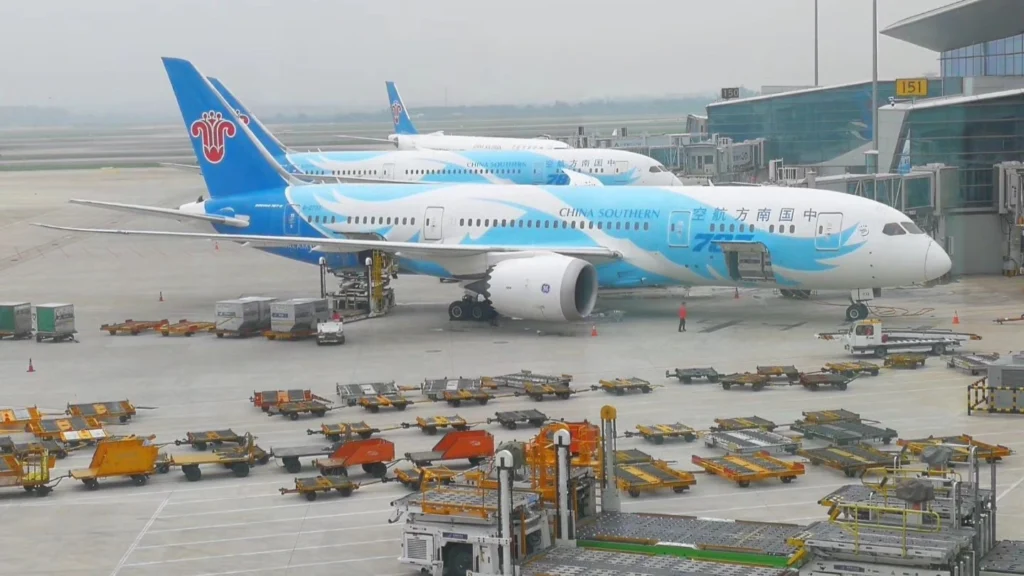 Photo: By AirportStudio – Own work, CC BY-SA 4.0, https://commons.wikimedia.org/w/index.php?curid=70087050
Photo: By AirportStudio – Own work, CC BY-SA 4.0, https://commons.wikimedia.org/w/index.php?curid=700870507. Guangzhou Baiyun International Airport (CAN)
Guangzhou Baiyun International Airport (CAN) continued to develop under the radar but consistently, eclipsing 76 million passengers per annum in 2025.
The airport is aided by the recovery in Chinese domestic travel and serves as a secondary hub to Beijing and Shanghai.
Terminal 2, finished pre-pandemic, has now matured into one of the most functional and spacious terminals in Asia. Guangzhou also opened a high-speed rail link to the city center this year, further reducing transit time for passengers.
Guangzhou’s position in 2025 highlights its operational maturity, regional connectivity, and growing international connections, particularly to Southeast Asia and Europe.
The anchor at Guangzhou is China Southern Airlines, one of China’s “Big Three” carriers. The airline connects much of Southeast Asia from its Baiyun hub and is expanding long-haul service to Europe and the U.S.
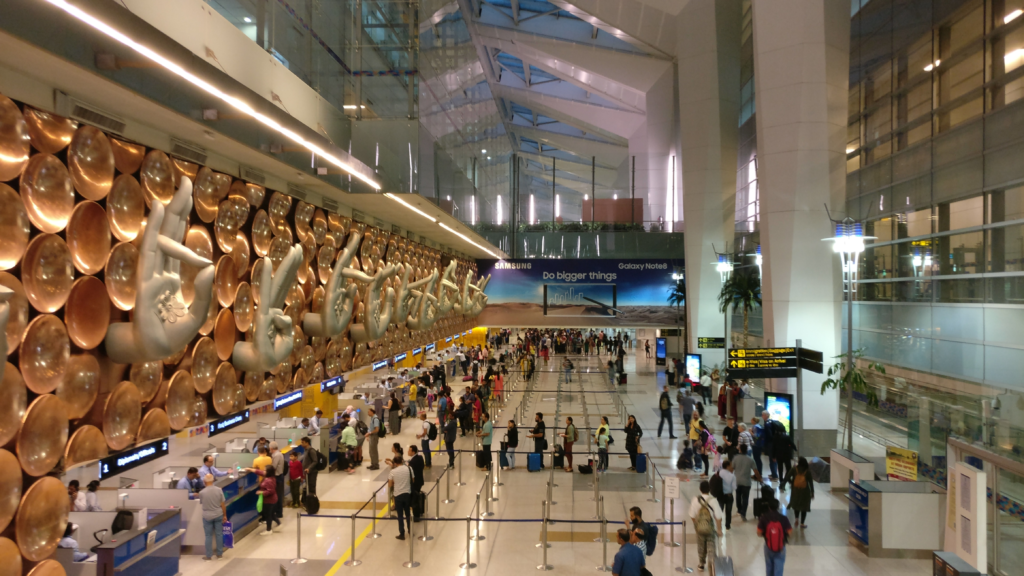 Photo: File: Sculpture of hasta mudras at Indira Gandhi International Airport.jpg – Wikimedia Commons
Photo: File: Sculpture of hasta mudras at Indira Gandhi International Airport.jpg – Wikimedia Commons8. Indira Gandhi International Airport (DEL)
India’s Indira Gandhi International Airport (DEL), Delhi, has cemented its status as one of the fastest-growing mega-hubs in Asia, crossing the 77 million passenger mark in 2025. As Air India and IndiGo expand international operations, DEL has seen inbound and outbound traffic soaring.
Terminal 3 remains the airport’s crown jewel, but 2025 witnessed upgrades stretch across Terminals 1 and 2, along with a new dual-runway system to cut down congestion.
The airport’s DigiYatra facial recognition system also witnessed widespread implementation, making check-ins and boarding nearly paperless.
As one of the best airports, Delhi’s success is a reflection of India’s booming economy and expanding middle class, fueling demand for both domestic and global air travel.
IndiGo leads domestic operations at Delhi and is growing its international footprint into the Middle East and Southeast Asia.
Air India, now part of the Tata Group and expanding rapidly under a new vision, operates most of the long-haul international routes.
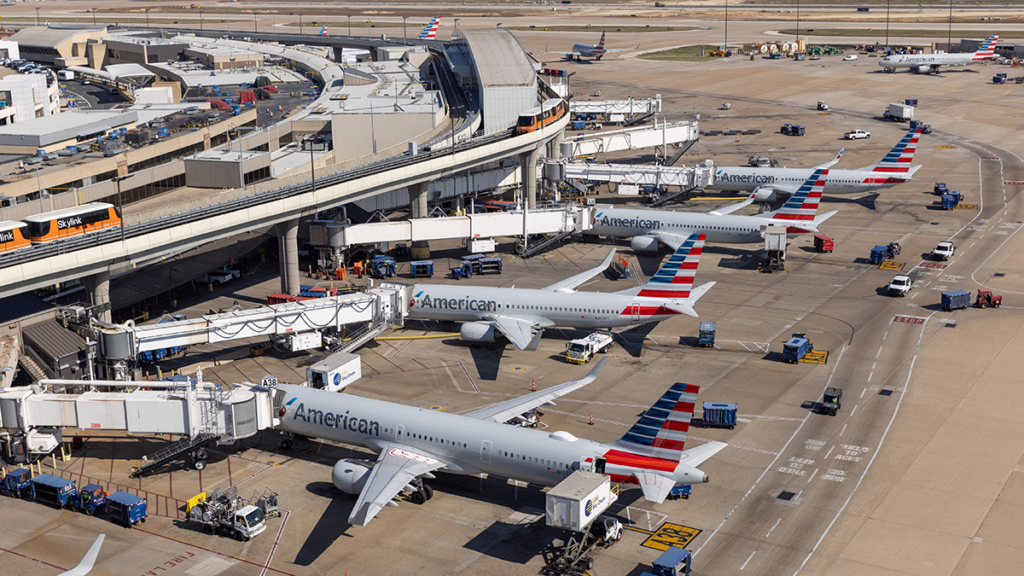 American Airlines Dallas Hub. Photo: American Airlines
American Airlines Dallas Hub. Photo: American Airlines9. Dallas/Fort Worth International Airport (DFW)
Dallas/Fort Worth (DFW) doesn’t have the star power of JFK or LAX, but in 2025 is one of the United States’ busiest and most efficient airports. With more than 87 million passengers annually, DFW is helped by American Airlines’ hubbing strategy and geographic centrality.
A new SkyTrain system facilitates faster inter-terminal transfers, while DFW’s five-terminal layout has been reconfigured for simpler connections. The airport also hosts the nation’s largest airport solar farm, as part of its push toward net-zero operations by 2035.
Among the best airports in 2025, DFW is praised for squaring massive traffic figures with a seamless and increasingly tech-enabled passenger experience. DFW is a fortress hub for American Airlines, with hundreds of daily flights and the airport serving as a cornerstone of its transcontinental and Latin American networks.
 Photo: Alan Wilson | Flickr
Photo: Alan Wilson | Flickr10. Los Angeles International Airport (LAX)
Los Angeles International Airport (LAX) has long been synonymous with congestion and chaos, but in 2025, it’s reopening to the world. Serving over 76 million travelers annually, LAX has undergone a near-total transformation, spearheaded by the completion of the Automated People Mover and a revamped Terminal 4.
Travelers now enjoy vastly shorter transfer times and modernized interiors. The Tom Bradley International Terminal (TBIT) continues to set the pace with high-end lounges, gourmet food courts, and rational signage.
More importantly, LAX is reclaiming its role as a Pacific Rim powerhouse with new nonstop services to Asia and Oceania.
LAX rounds out our best airports 2025, not only because of its size but because of its vision to be a truly 21st-century mega-hub. LAX is a battle for various U.S. carriers, yet Delta Air Lines, United Airlines, American Airlines, and Alaska Airlines each utilize it as a focus city or secondary hub.
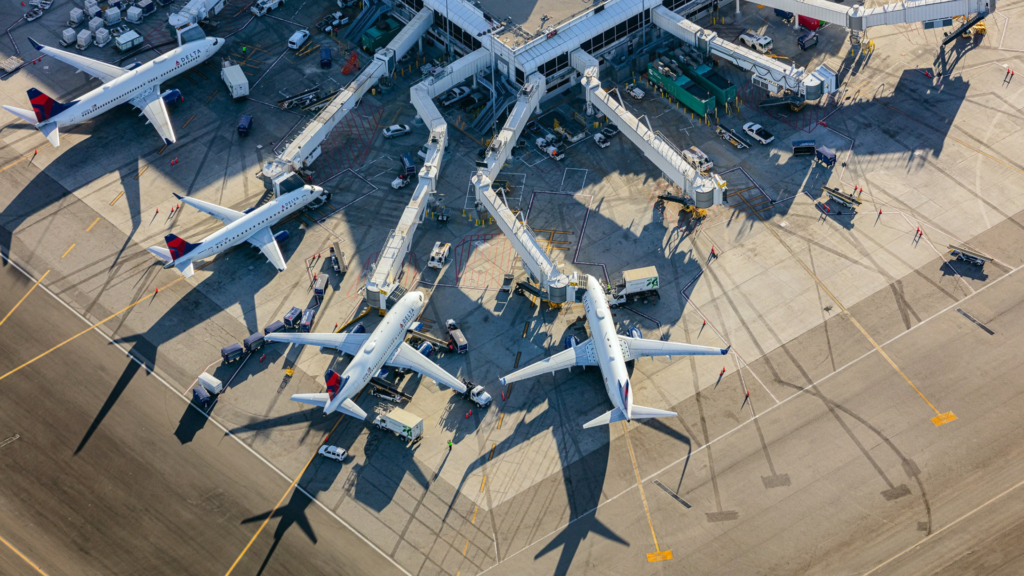 Los Angeles Airport; Photo: Anglas | Goodcon.com
Los Angeles Airport; Photo: Anglas | Goodcon.comConclusion
The world’s busiest airports in 2025, handling more than 70 million passengers, not only take the crown, they’re reinventing what air travel should look like at scale.
From biometric boarding to sustainability, these airports are examples of how infrastructure, technology, and design are evolving to meet growing demand while delivering excellent passenger experiences.
Regardless of whether you’re transiting through Asia, Europe, or the Americas, these airports demonstrate that bigger truly can be better.
Stay tuned with us. Further, follow us on social media for the latest updates.
Join us on Telegram Group for the Latest Aviation Updates. Subsequently, follow us on Google News.
Top 10 Busiest Airports in the US in 2025, No.7 Will Surprise You
The post Top 10 Best Airports in the World in 2025: 70+ Million Passengers appeared first on Aviation A2Z.












